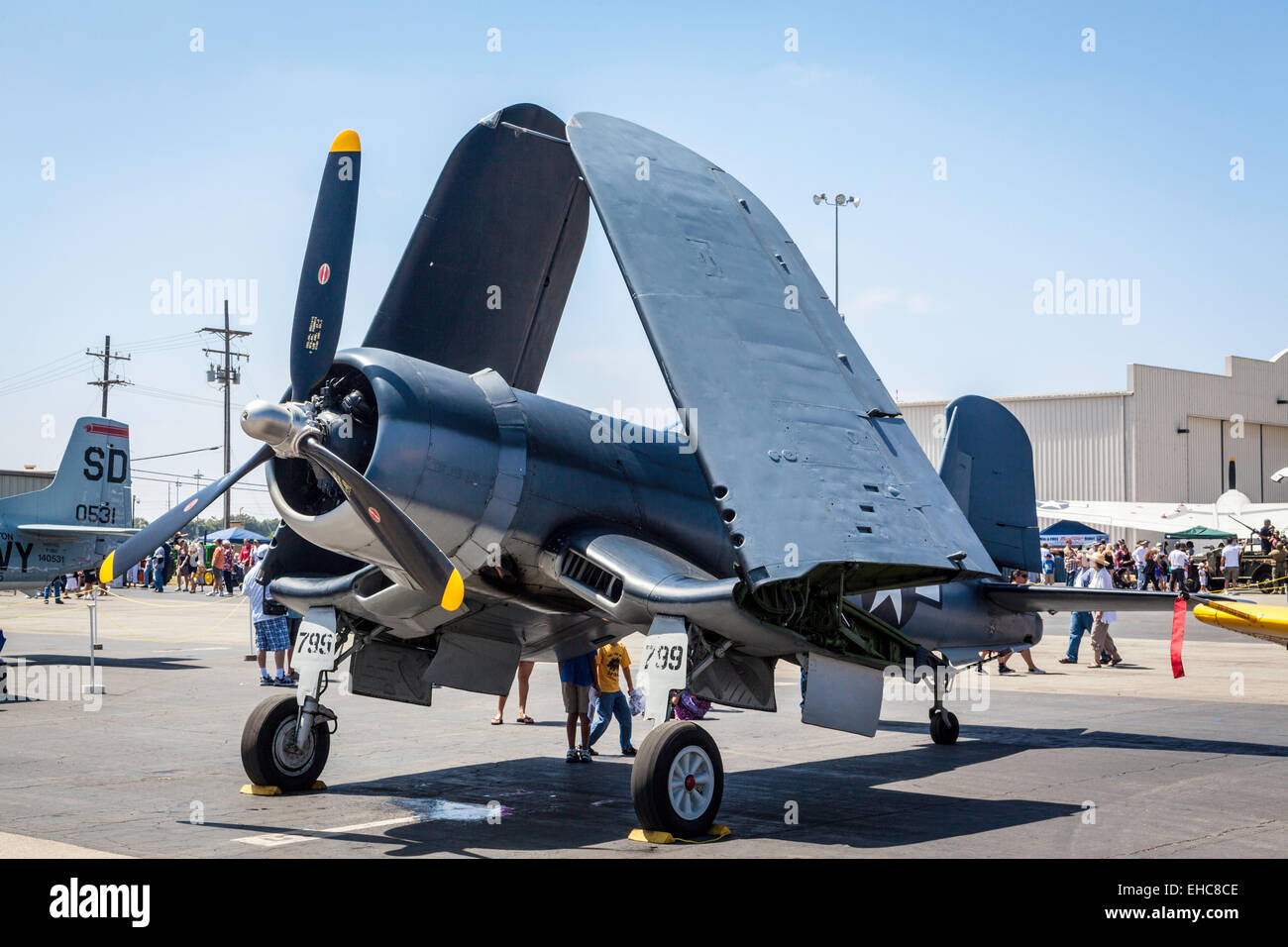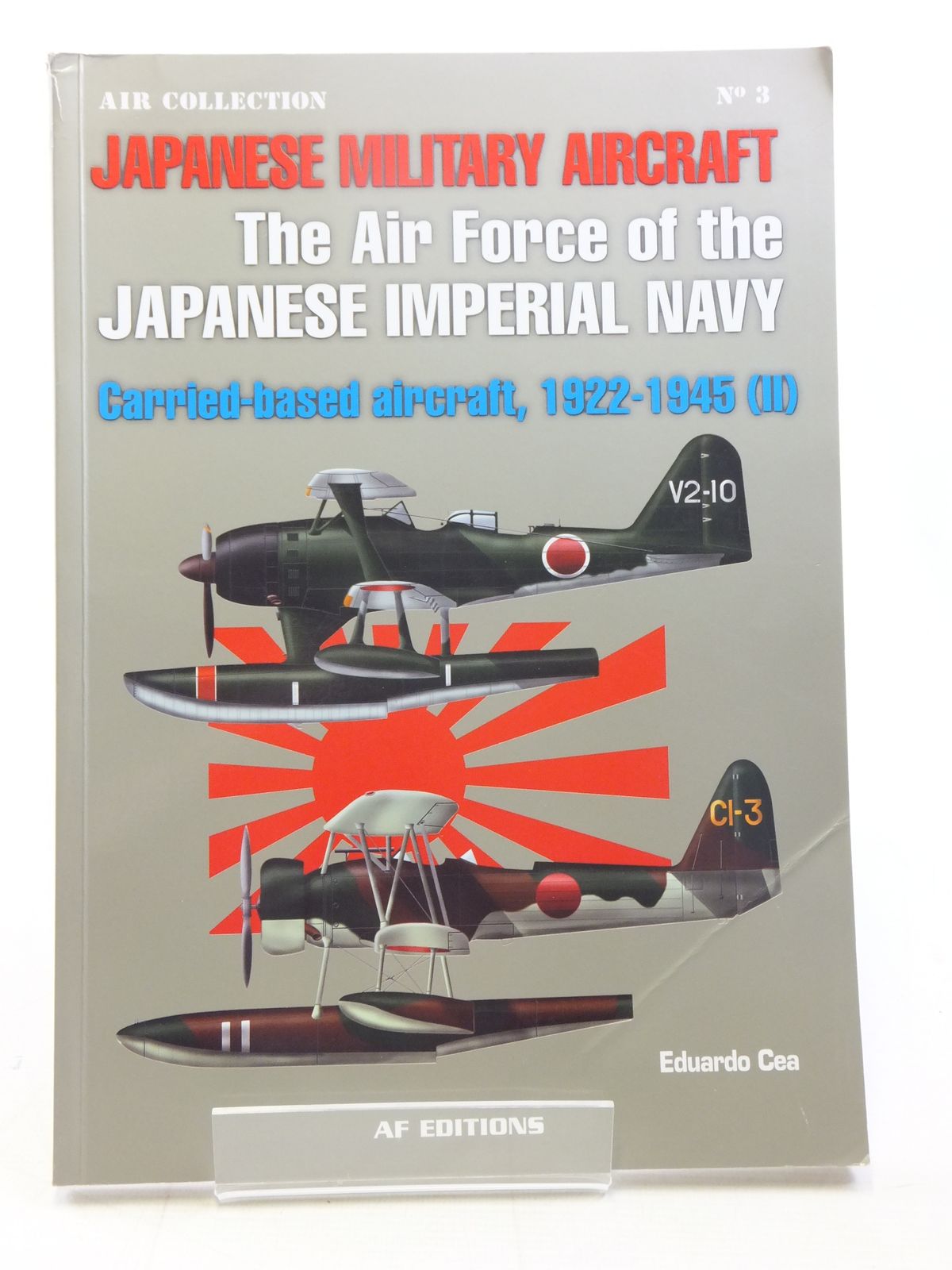Based Aircraft - That's why the British company has announced a new partnership to build lightweight and compact ammonia reactors capable of helping decarbonization efforts in industrial sectors such as off-grid energy and shipping, according to an initial New Atlas report.
Compared to hydrogen, ammonia is much easier and cheaper to transport and store, although it can only carry about 20% of the energy that hydrogen carries by weight. But on the other hand, according to the report, it can carry about 70% more energy than liquid H2 by volume. As a rule, the issue of weight usually excludes ammonia when it comes to new aircraft technologies. It has less than half the specific energy of jet fuel and seems less attractive than hydrogen. But hydrogen has a problem with volume: modern airliners are designed for jet fuel, so the idea of retrofitting capacitive and long-range hydrogen tanks can cut passenger seat space in cars. It may have been a while since you booked your flight, but we can say that economy class is definitely no less cramped than it was before the pandemic.
Based Aircraft

This could put ammonia back on the table of future commercial aircraft engine technologies, and UK-based Reaction Engines is gearing up for this potential industrial shift by working with the IP Group and the Science and Technology Facilities Council (STFC), which is funded by the UK government. A new partnership aims to harness heat exchanger technology. , created by Reaction for its synergistic air-breathing rocket engine (SABER), designed for spaceflight and hypersonic capabilities. SABER will be combined with STFC's experience with ammonia catalysts.
Jet Fighter Vector Illustration. Military Aircraft. Carrier Based Aircraft. Modern Supersonic Fighter. Created Illustration Of 3d Stock Vector Image & Art
According to New Atlas, React first proposed this new idea a few months ago, but the basic design goes like this: First, a heat exchanger captures heat from the exhaust of a jet engine, and then uses it to generate energy for cracking. a reactor that catalytically converts pure ammonia into a mixture of ammonia and hydrogen that can operate just as easily as other combustible fuels. This would make Reaction's plan to use ammonia an adequate addition to jet fuel. In this way, the airline operator can decide what the balance of volume and weight will look like and can eliminate the need for an entirely new electric drive, making it easier to switch from fossil fuel to a renewable alternative.
But stable for whom? While the combustion products of this new engine will be nitrogen and water, burning ammonia and hydrogen creates oxides of nitrogen (NOx emissions). Carbon emissions are linked to the climate crisis, but NOx emissions can directly harm humans, animals, and even entire ecosystems through smoke and acid rain. It's enough to wonder if this happened just before the events of Blade Runner. Along with recyclable aluminum-air batteries, ammonia-based aircraft engines could be an interesting alternative to hydrogen in the nascent clean technology industry in commercial aviation and space. But the ultimate determining factors will be the cost and efficiency of these engines, fully installed and tested in aircraft. They must be able to launch over short distances and be strong enough to withstand the drastic loads of starting and recovering on a rocking deck. In addition, their wings tend to be foldable, making it easier to work in tight spaces.
Such aircraft are designed for many purposes, including air-to-air combat, ground strike, anti-submarine warfare (ASW), search and rescue (SAR), transport (COD), weather surveillance, reconnaissance, and long-range radar warning and air control. (AEW&C)) duties.
The term is generally applied to fixed wing aircraft only, as naval helicopters can operate from a wider range of vessels, including helicopter carriers, destroyers, frigates, and container ships.
Avia Appointed Australia's First Tecnam Flight School
The introduction of fixed-wing aircraft in 1903 was followed in 1910 by the first flight of an aircraft from the deck of an anchored warship (USS Birmingham) and in 1912 by the first flight of an aircraft from the deck of a naval ship en route (the Royal Navy's HMS Hibernia) . This was followed by seaplanes and seabed support ships such as HMS Gadine. This evolution was well under way by the early 1920s, resulting in ships such as HMS Argus (1918), Hōshō (1922), USS Langley (1922) and Béarn (1927). Through these developments, the need for specialized aircraft adapted to take off and land from the cockpit of these ships was recognized.
The importance of the air force grew between the wars, driven by the increasing range, carrying capacity, and efficiency of carrier-based aircraft, until it became impossible to ignore its importance during World War II, after the loss of many warships. the sinking of the Prince of Wales and Repulse, the Battle of Taranto, the attack on Pearl Harbor and many other incidents. After the war, the scale and importance of aircraft carrier operations continued to grow.
Modern carrier-based aircraft are mainly built in three different versions to meet the needs of their various users. The following terms are terms currently used by the US Navy.

CATOBAR is a system used to launch and recover aircraft from the deck of an aircraft. According to this technique, aircraft are launched using an ejection launch, and landing on a ship is carried out using safety ropes. Although this system is more expensive than alternative methods, it gives greater flexibility to aircraft carrier operations as it allows the aircraft to be operated at higher payloads. Ships with CATOBAR currently include the American Nimitz class,
Marines Demonstrate Ability To Include Carrier Based F 35cs In Expeditionary Base Plans
The use of catapults allows an aircraft carrier to launch large fixed-wing aircraft. For example, the US Navy is putting into service its E-2 Hawkeye AEW aircraft and C-2A Greyhound cargo with catapults.
The launch of STOVL is carried out using a springboard, not a catapult. Using STOVL generally allows aircraft to carry a larger payload compared to using VTOL while avoiding the complexity of a catapult. The most famous example is the Hawker Siddeley Harrier jump jet.
Although it is capable of VTOL, it is usually used as a STOVL aircraft to increase fuel and armament.
STOBAR is a system used to launch and recover aircraft from the deck of an aircraft carrier, combining elements of both STOVL and CATOBAR. The aircraft is launched under its own power using a springboard for easier takeoff (instead of using a catapult). However, these are conventional aircraft and tethers are required to board the ship. The Kuznetsov-class aircraft carriers of the Russian Navy and the People's Liberation Army Navy operate the Su-33 (Russia) and J-15 (China) as STOBAR aircraft. Others are Indian Vikramaditya and Vikrant; both will operate the MiG-29K.
Preliminary Suitability Analysis Of Carrier Approach Guidance And Recovery Of Land Based Aircraft
Prior to World War II, the weight of most aircraft allowed them to be launched from aircraft carriers under their own power, but required assistance to stop them. Catapults were fitted, but they were only used when the ship was stationary or adequate wind on deck could not be provided by going upwind. In this way, Ev aircraft were launched the size of a North American B-25 Mitchell. This was possible because the ship's speed in even the lightest of prevailing winds, combined with a low launch speed, allowed early aircraft to gain airspeed over very short distances. The most extreme version of this was the battleship platforms used in the 1920s, when small World War I biplanes such as the Sopwith Camel were launched from only a few tens of feet mounted atop a battleship's forward gun turret.
Conventional aircraft such as the Curtiss P-40 Warhawk, Republic P-47 Thunderbolt, Supermarine Spitfire and Hawker Hurricane were often airlifted to foreign air bases. They were loaded by cranes onto a plane in the port, delivered to the sea near their destination under their own power and landed at a cold airport on the coast. As a rule, these were not combat missions, but in some cases the launched aircraft provided air cover for the ship, and the aircraft could not be recovered by an aircraft carrier.
Some STOL aircraft, such as the North American Rockwell OV-10 Bronco, have been flown directly from aircraft carriers and landing craft in this manner, but this is not a common practice.
Even very large aircraft such as the Lockheed C-130 Hercules have successfully landed and launched from large aircraft, but this has been done without cargo and with little fuel on board the aircraft. "Sky Warrior" redirects here. For the UAV formerly known as the Sky Warrior, see Geral Atomics MQ-1C Gray Eagle.
Drone Based Aircraft Inspection Adds Dent Mapping Capability
The Douglas A-3 Skywarrior is a strategic jet bomber designed and manufactured by the Douglas Aircraft Company. It was developed by Douglas for the US Navy, who were looking for a carrier-based strategic bomber. In July 1949, Douglas received a contract to manufacture his design after he beat off eight other bids from aircraft companies. Unlike competing designs that aimed for a maximum takeoff weight of 100,000 pounds (45,000 kg), the Skywarrior was designed for a takeoff weight of 68,000 pounds (31,000 kg), making it easier to use existing Navy Midway-class aircraft. Large aircraft parts
Asset based aircraft financing, aircraft management, us carrier based aircraft, list of carrier based aircraft, carrier based aircraft, aircraft insurance, aircraft carriers based in san diego, aircraft based augmentation system, water based aircraft paint, carrier based fighter aircraft, carrier based aircraft ww2, largest carrier based aircraft

0 Comments